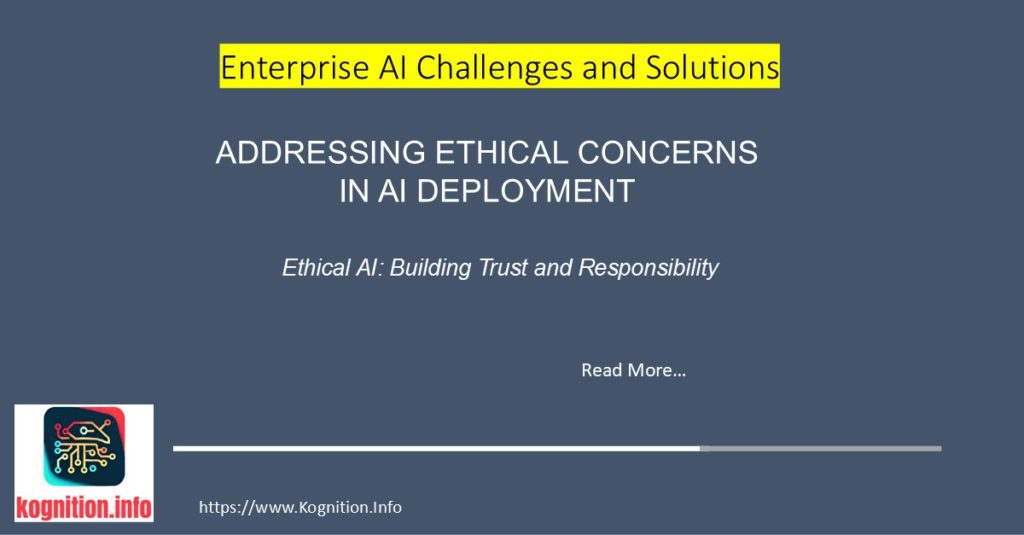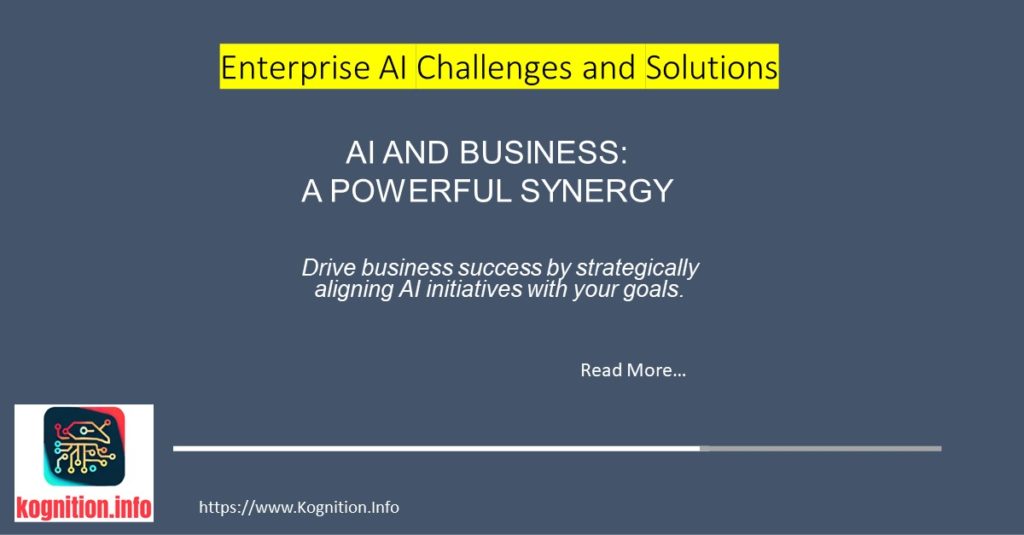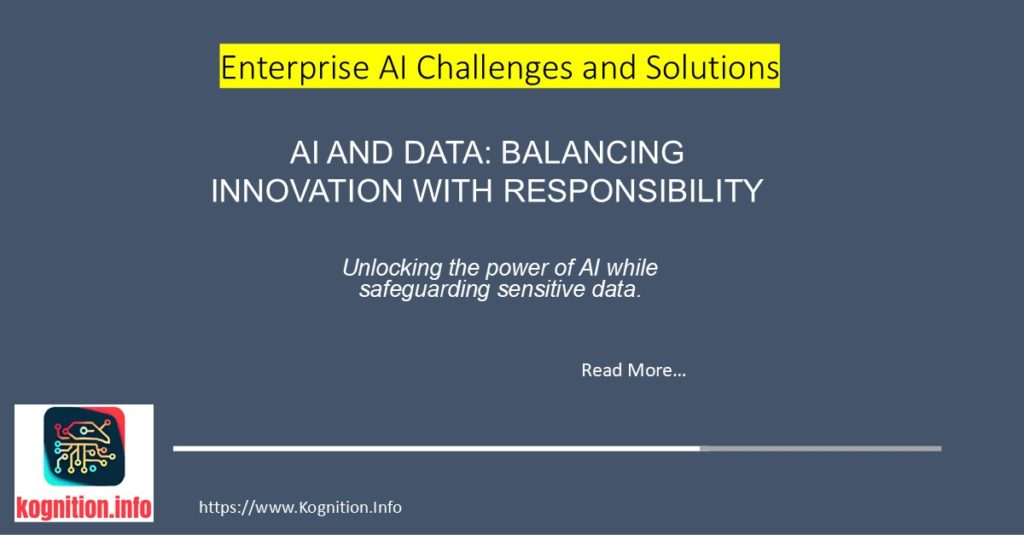Seamless AI Integration: The Business Process Revolution Transform Without Disruption: Where AI Meets Operational Excellence In today’s competitive landscape, successful enterprises aren’t just adopting AI—they’re thoughtfully weaving it into the fabric of their existing business processes. However, this integration represents one of the most significant challenges facing CXOs, as it requires balancing innovation with operational…...



